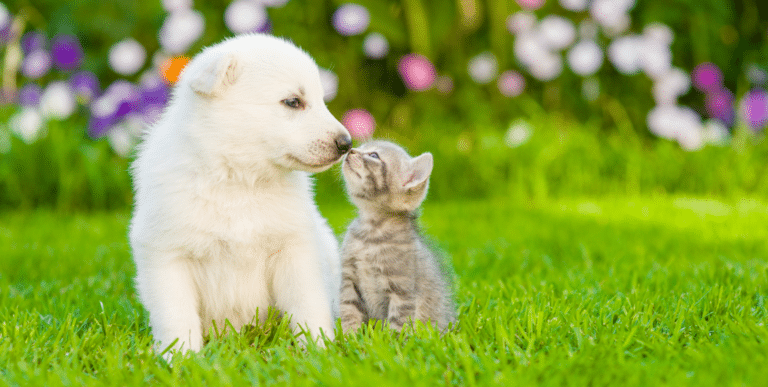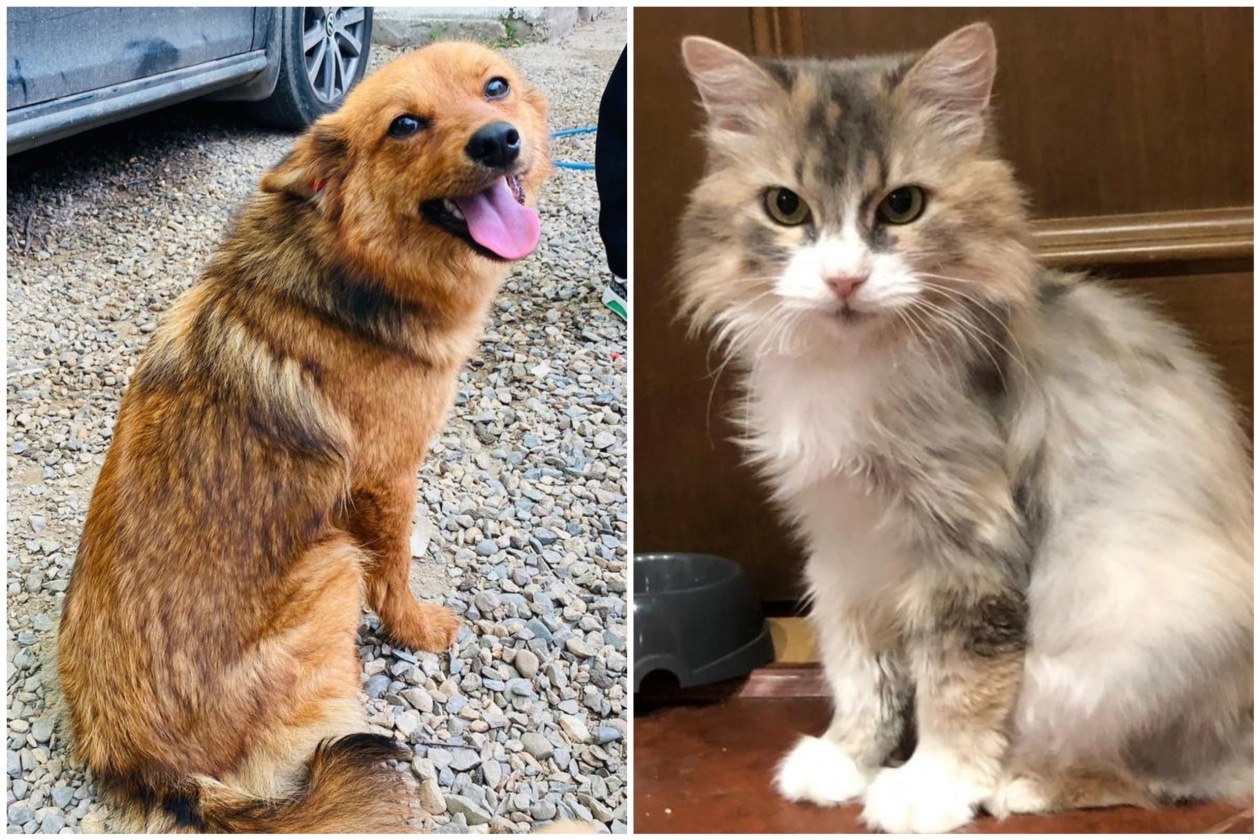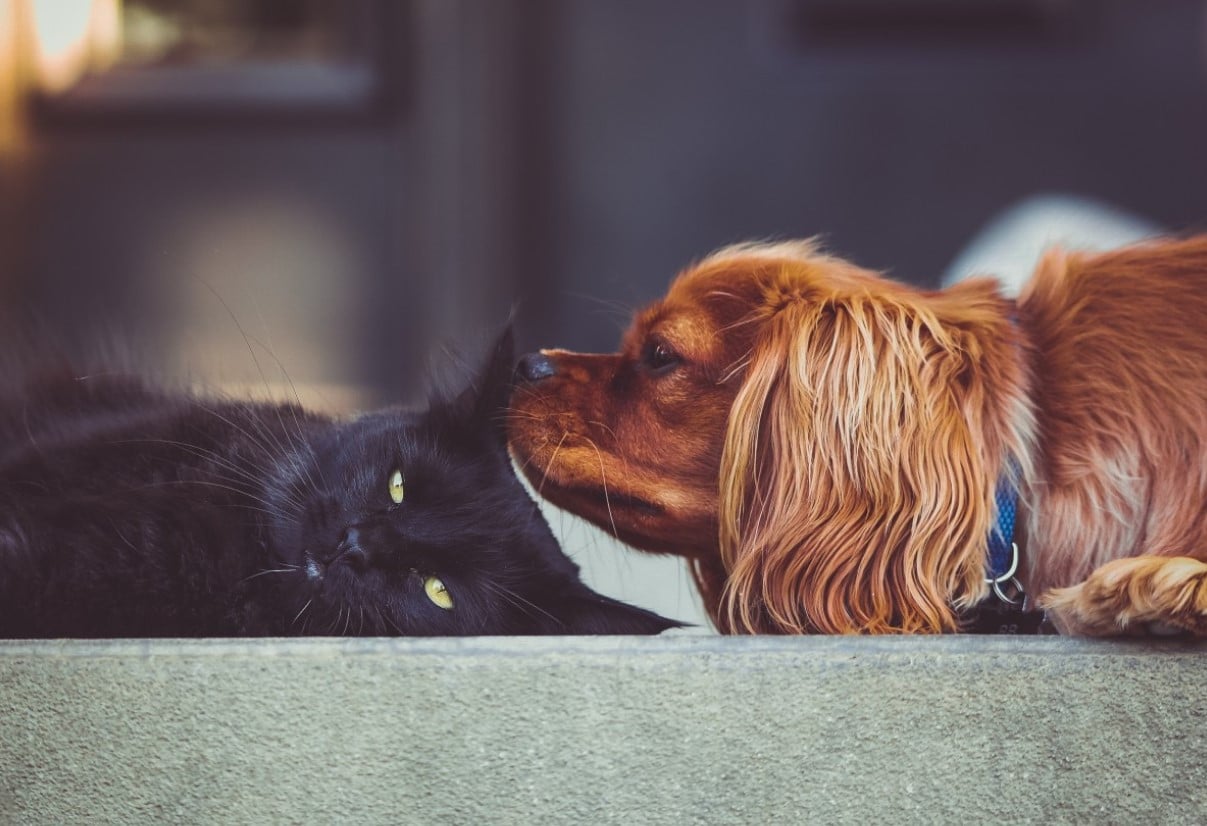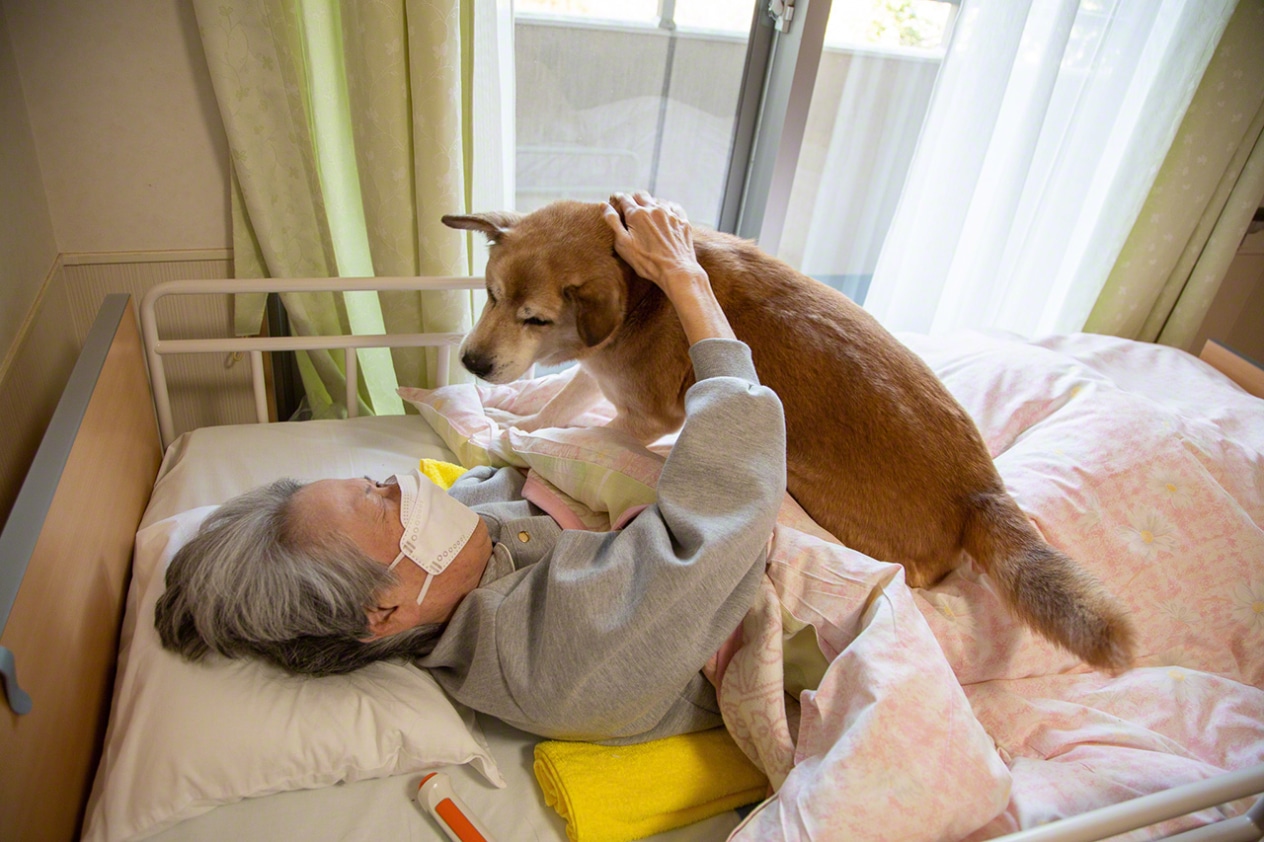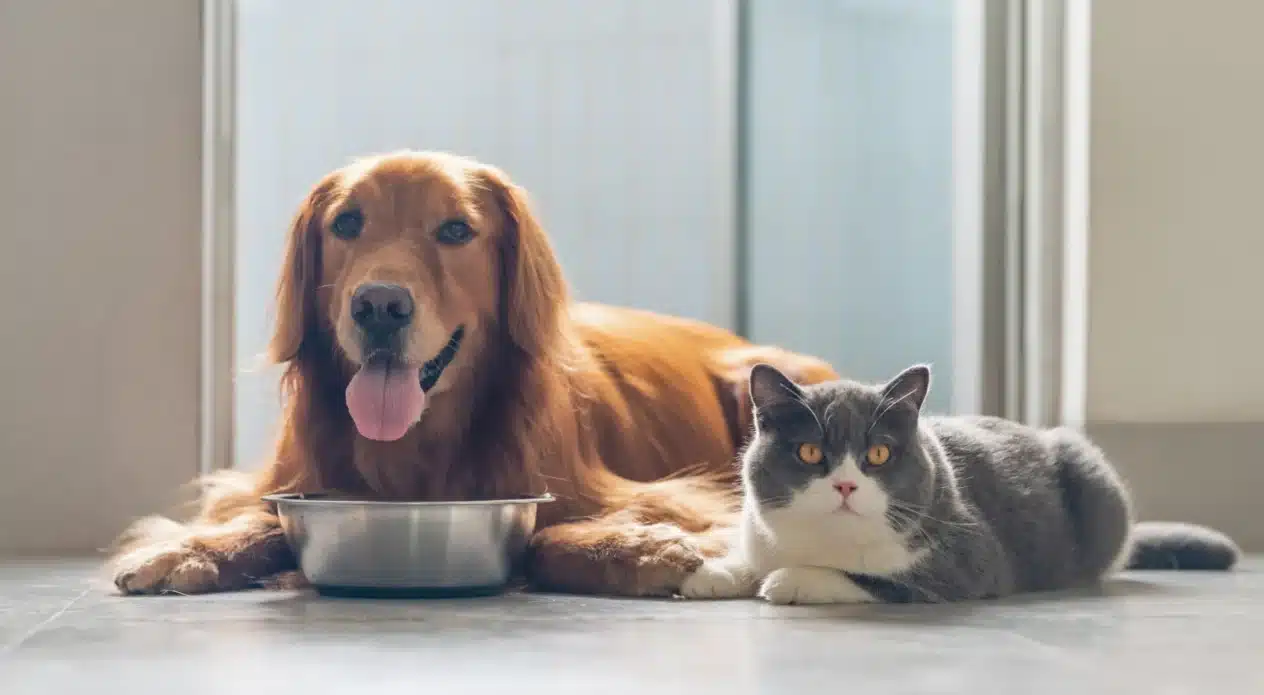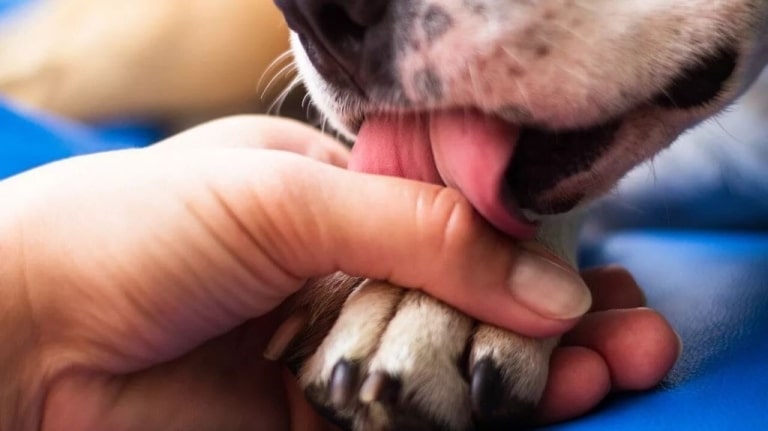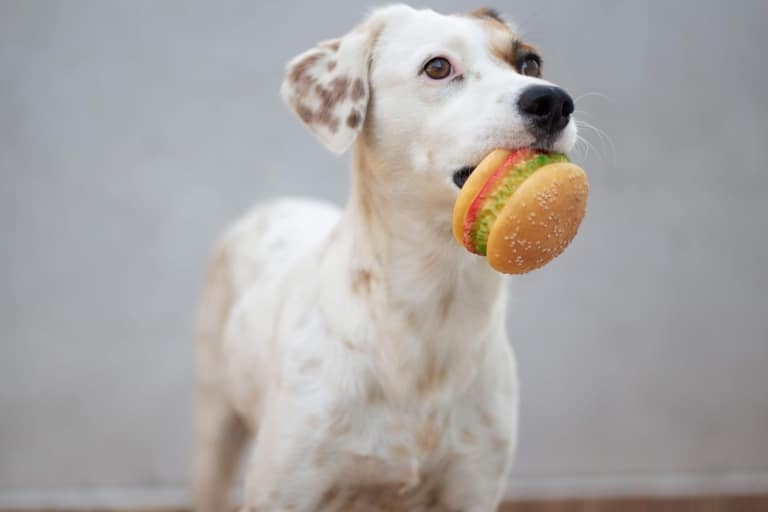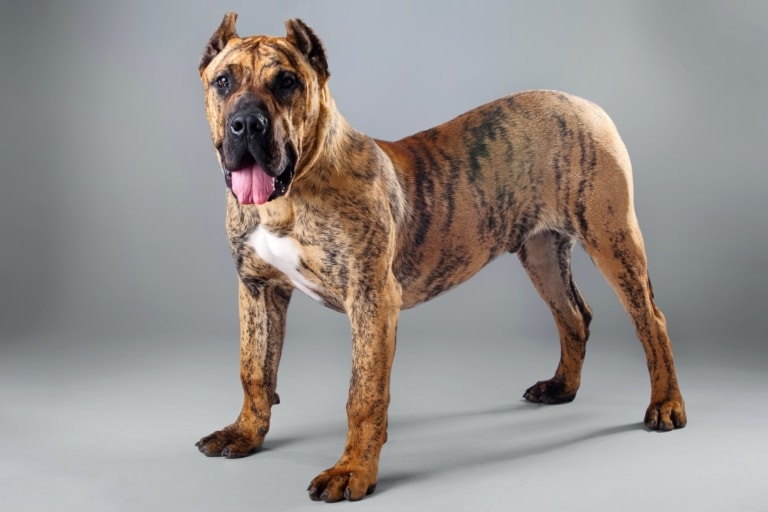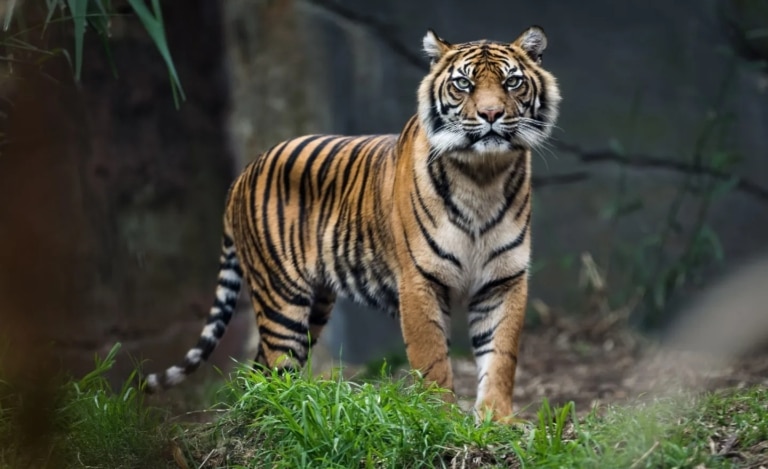Have you ever caught yourself thinking, “He’s still young!” and then you look at your pet and realize he’s not as spry as he used to be? Yes, time is inexorable, and just like people, dogs and cats have their own age of aging. But when is the “golden autumn” in the life of your furry friend? Let’s find out together.
How do you determine old age in dogs and cats?
Old age in animals doesn’t come suddenly – it’s gradual but noticeable. If you notice that your pet has become less active, sleeps more, has gray hair, or is not as willing to play as he used to be, it may be a signal that he has entered adulthood.
But is there a specific age at which a dog or cat becomes “old”?
Dogs: when do they become old?
🐶 It depends on the size
- Smaller breeds (e.g., CHIHUAHUA, TOY-TERriers, Spitzes) are the ones that live the longest. Their old age begins after about 10 years, and some live up to 18-20 years!
- Medium breeds (Bulldogs, Corsets, Spaniels) – age faster, somewhere after 7-8 years.
- Large breeds (LABRADORS, HUNTERS, DOBERMANS) – enter old age after 6 years.
- Giant breeds (MASTIFFs, DANIs, SENBERNARs) – unfortunately, age the fastest, and already at 5-6 years old they can be considered “pensioners”.
As you can see, the larger the dog, the shorter its life cycle.
🦴 S igns of old age in dogs
- Graying of the muzzle (especially near the eyes and mouth).
- Less energy, the dog lies down more often.
- Slower movements, sometimes joint problems.
- Behavioral changes: may become more stubborn or, on the contrary, affectionate.
Cats: when do they enter their senior years?
🐱 Cats are long-lived, but they age differently
- Domestic cats (those that live in comfort, eat quality food) – age more slowly. They are considered elderly after 10-12 years, and really old after 15-16. Some can live to be 20+ years old!
- Street cats age much faster. For them, 7-8 years is already a respectable age. Due to environmental risks, most do not live to be 12-15 years old.
👀 S igns of old age in cats
- Less mobility, sleeps more.
- Begins to lose weight or, conversely, gain weight due to slow metabolism.
- Worse condition of the coat – it may lose its luster.
- Sometimes there are problems with teeth (need care).
Is it possible to slow down the aging of a pet?
Yes! If you want your pet to stay energetic and healthy for as long as possible, here are some important tips:
🥩 Proper nutrition
- There are special foods for senior pets to support their joints, heart and stomach.
- More protein and fewer calories – to maintain muscle without gaining excess weight.
🏃♂️ Physical activity
- It is important to walk dogs, but not too much.
- Cats should be encouraged to move – toys, climbing, interactive games.
🩺 Regular visits to the veterinarian
- After 7-8 years of age, pets should be examined at least once a year.
- It is important to monitor the condition of the teeth, heart, kidneys and joints.
💛 Love and comfort
- Summer pets require more attention and care.
- Provide a comfortable place to sleep – soft, warm.
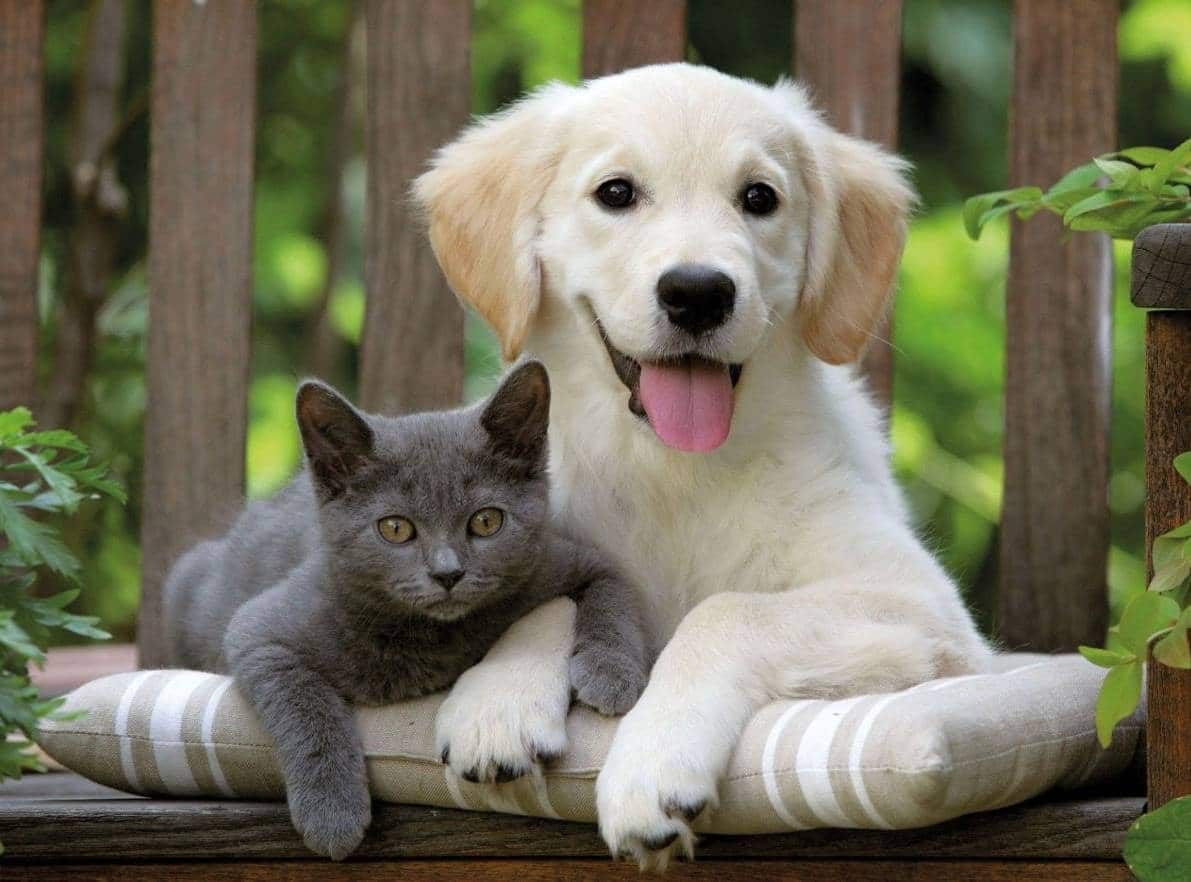
Conclusion
Old age comes differently in dogs and cats, depending on size, breed, and lifestyle. Small dogs and house cats can live 15-20 years, while large breeds of dogs age much faster. However, with proper care and love, it is possible to make their senior years comfortable and happy.
So don’t be afraid of your Ponytail’s aging – it doesn’t mean the end of an active life. It’s just a new stage in which your pet still wants your attention, care and shared moments of joy. 💕

